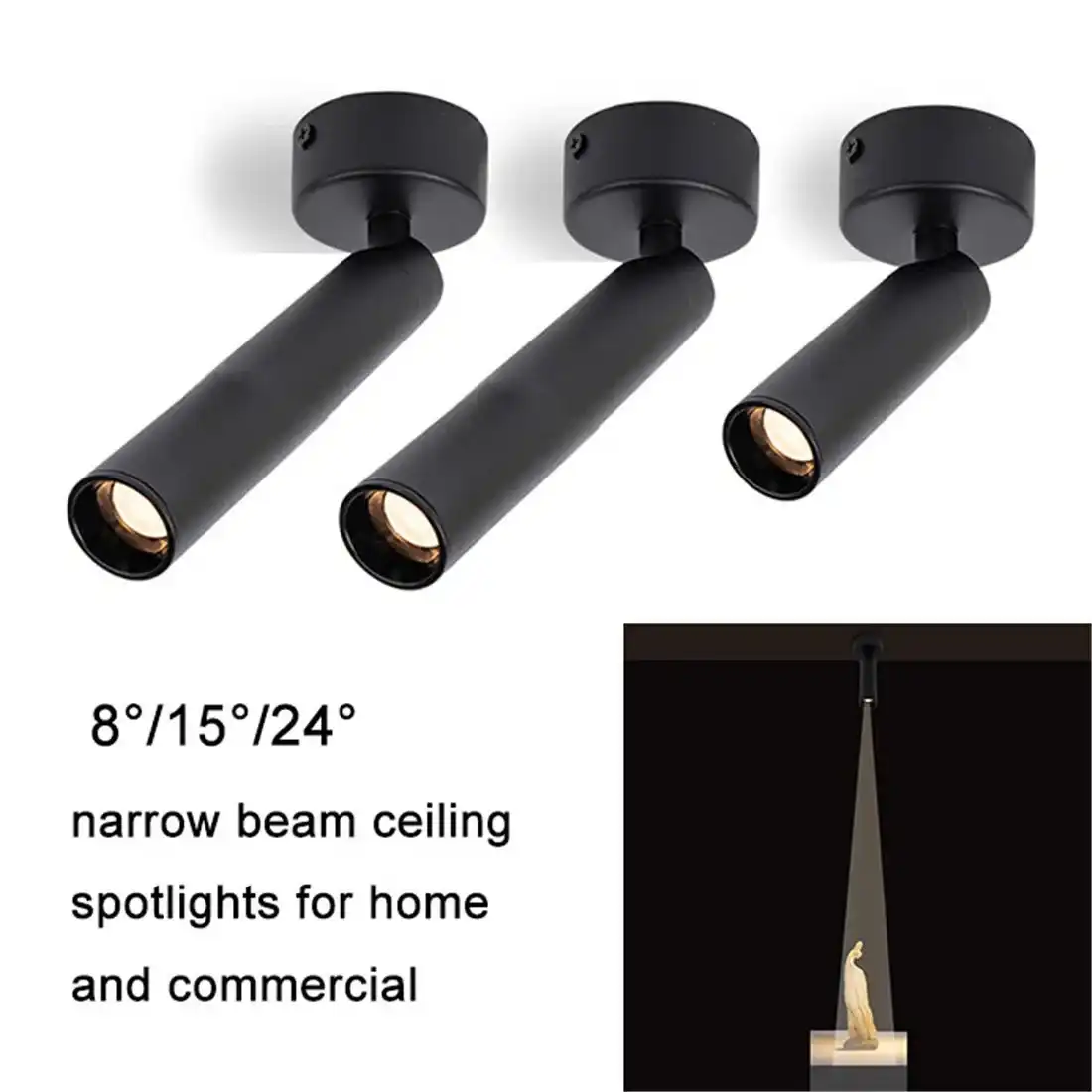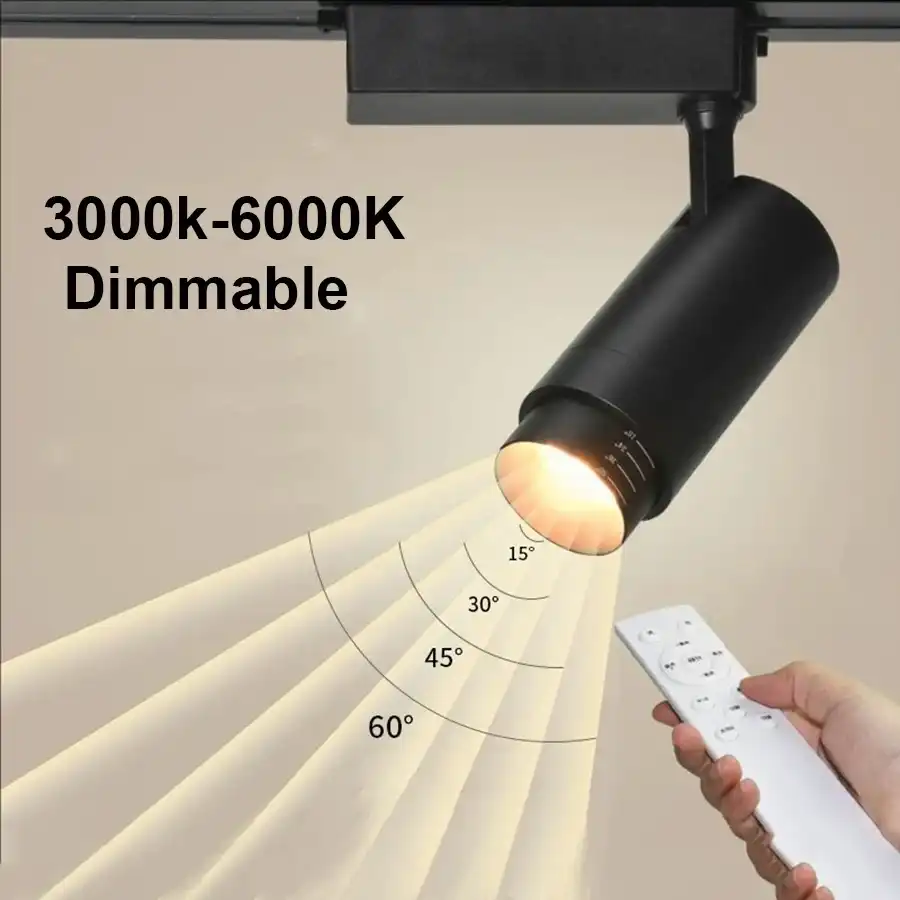Ultimate Guide to Installing Recessed Spot Lights in Modern Kitchens
Transforming your modern kitchen with recessed spot lights can dramatically enhance both functionality and aesthetics. This comprehensive guide walks you through the process of selecting, placing, and installing these versatile lighting fixtures. From understanding different types of spot lights to mastering installation techniques, we'll illuminate every aspect of creating the perfect lighting ambiance in your culinary space. Whether you're a DIY enthusiast or collaborating with a professional, this guide will equip you with the knowledge to make informed decisions and achieve stunning results in your kitchen lighting project.
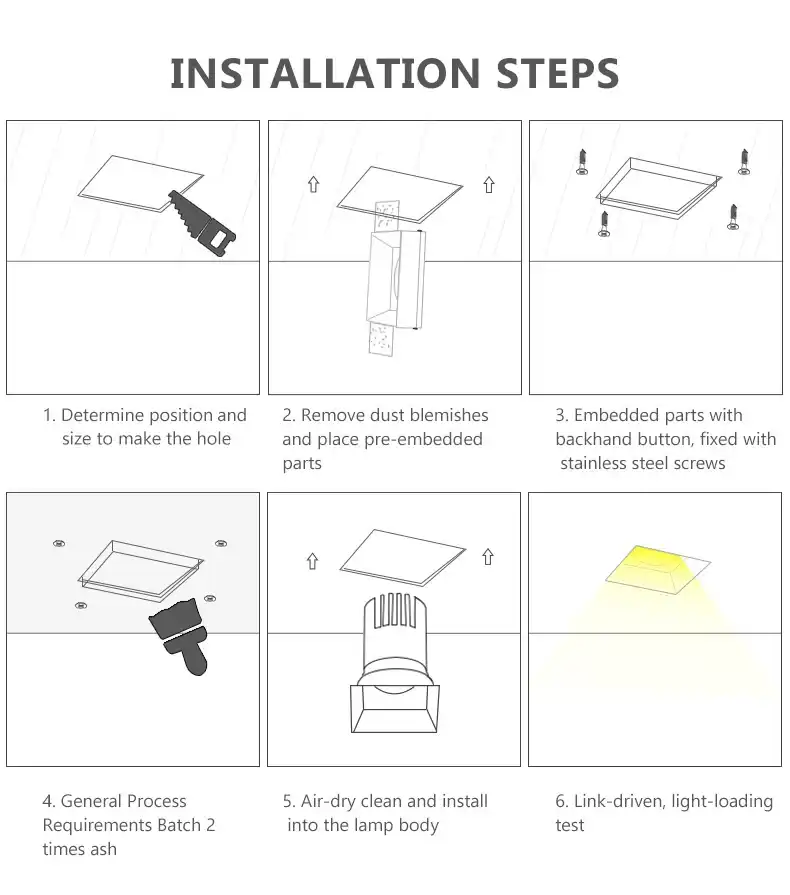
Selecting the Right Recessed Spot Lights for Your Kitchen
Understanding Spot Light Types and Technologies
When embarking on a kitchen lighting project, it's crucial to familiarize yourself with the various types of recessed spot lights available. LED spot lights have become increasingly popular due to their energy efficiency and longevity. These fixtures often boast a lifespan of up to 50,000 hours, making them a cost-effective choice in the long run. Halogen spot lights, while less energy-efficient, offer excellent color rendering and are dimmable, providing flexibility in creating different moods in your kitchen.
Consider the color temperature of your spot lights, measured in Kelvin (K). For kitchens, a range between 2700K and 5000K is typically recommended. Warmer temperatures (2700K-3000K) create a cozy ambiance, while cooler temperatures (4000K-5000K) provide crisp, task-oriented lighting. Some advanced LED spot lights even offer tunable white light, allowing you to adjust the color temperature based on your preferences or the time of day.
Sizing and Beam Angle Considerations
The size of your recessed spot lights plays a significant role in both their performance and visual impact. Common sizes for residential kitchens range from 2 inches to 6 inches in diameter. Smaller fixtures (2-3 inches) are ideal for accent lighting or highlighting specific areas, while larger fixtures (4-6 inches) provide broader illumination suitable for general lighting purposes.
Beam angle is another critical factor to consider. Narrow beam angles (15-30 degrees) create focused light ideal for accentuating specific features or work areas. Wider beam angles (60-120 degrees) offer more diffused light, suitable for general illumination. For a well-balanced kitchen lighting scheme, consider incorporating a mix of beam angles to achieve both task and ambient lighting effects.
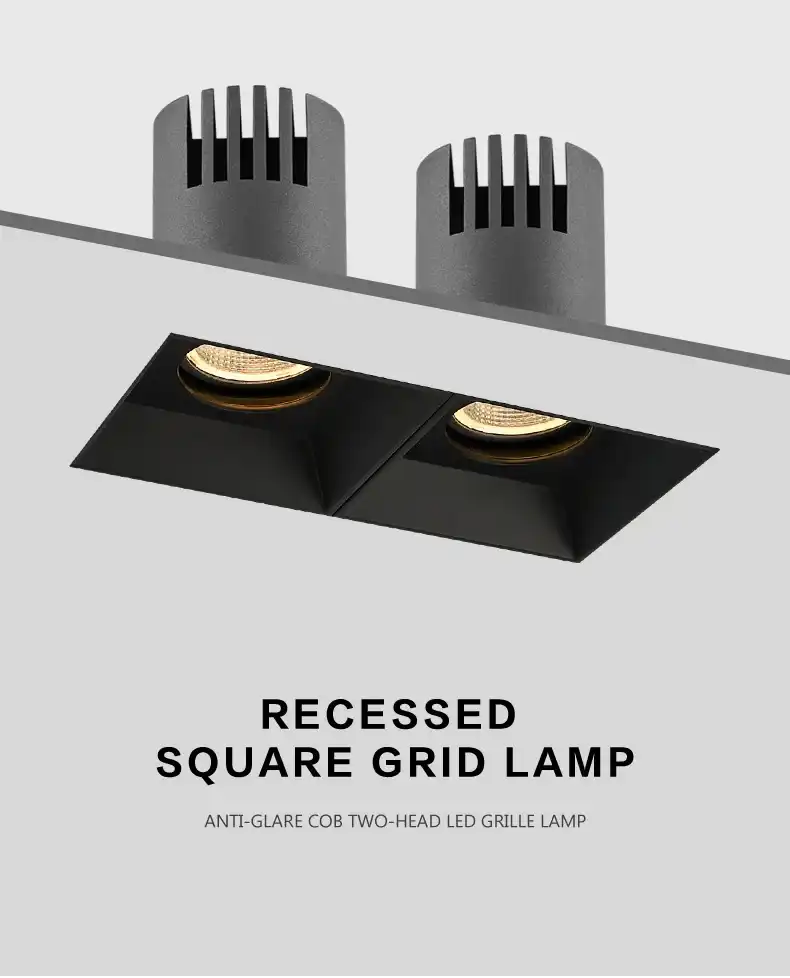
Planning Your Kitchen Spot Light Layout
Identifying Key Lighting Zones
Effective kitchen lighting design involves identifying and addressing different lighting zones. Start by mapping out your kitchen's main work areas, such as countertops, the stove, and the sink. These areas typically require more focused, task-oriented lighting. Next, consider ambient lighting needs for overall illumination and comfort. Don't forget about accent lighting opportunities, such as highlighting architectural features or display areas.
A well-planned layout should create layers of light, combining task, ambient, and accent lighting. This layered approach not only enhances functionality but also adds depth and visual interest to your kitchen space. Consider the natural light sources in your kitchen and how they interact with your planned artificial lighting throughout the day.
Calculating Optimal Spot Light Placement
To achieve balanced illumination, proper spacing of your recessed spot lights is essential. A general rule of thumb is to space your fixtures about 24 to 36 inches apart, depending on the ceiling height and light output. For task areas, you might want to place lights closer together to ensure adequate illumination.
When positioning spot lights near walls, aim to place them about 12 to 18 inches away from the wall to avoid harsh shadows and create a more even wash of light. For kitchen islands or peninsulas, center the lights over the work surface, spacing them evenly along the length of the area.
Consider using a lighting calculation tool or consulting with a lighting designer to determine the exact number and placement of fixtures needed based on your kitchen's dimensions and lighting requirements. This step ensures you achieve the right level of illumination without over or under-lighting your space.
Installation Techniques and Best Practices
Preparing for Installation
Before beginning the installation process, ensure you have all necessary tools and materials on hand. This typically includes a drywall saw, wire strippers, electrical tape, and a voltage tester. Safety should be your top priority, so always turn off the power at the circuit breaker before starting any electrical work.
Begin by marking the locations for your spot lights on the ceiling, following your predetermined layout. Use a stud finder to locate ceiling joists and ensure you're not cutting into any structural elements. If you're retrofitting spot lights into an existing ceiling, be mindful of any insulation or other obstacles that may be present above the ceiling.
Step-by-Step Installation Process
Start by cutting holes for your spot lights using a drywall saw or a hole saw attachment on a drill. The size of the hole should match the dimensions specified by your fixture's manufacturer. Next, run electrical cables to each fixture location, ensuring you comply with local electrical codes regarding wire gauge and installation methods.
Install the junction boxes for each spot light, securing them to the ceiling joists or using specially designed mounting brackets. Connect the wiring to each fixture, following the manufacturer's instructions and using wire nuts to secure connections. Always wrap connections with electrical tape for added safety.
Before inserting the spot light housings into the ceiling, test the connections to ensure everything is working correctly. Once confirmed, carefully push the housing into the ceiling hole, using the built-in clips or springs to secure it in place. Finally, install the trim and light bulbs, adjusting the direction of each spot light to achieve your desired lighting effect.
Troubleshooting Common Installation Issues
During installation, you may encounter challenges such as uneven ceiling surfaces or difficulties in securing fixtures. Use shims or adjustable mounting brackets to ensure spot lights sit flush with the ceiling surface. If you experience flickering or dimming issues after installation, check all connections and ensure you're using compatible dimmer switches if applicable.
For older homes, be prepared to upgrade your electrical system if necessary to support the new lighting load. This may involve installing a new circuit or upgrading your existing wiring. When in doubt, always consult with a licensed electrician to ensure your installation is safe and up to code.
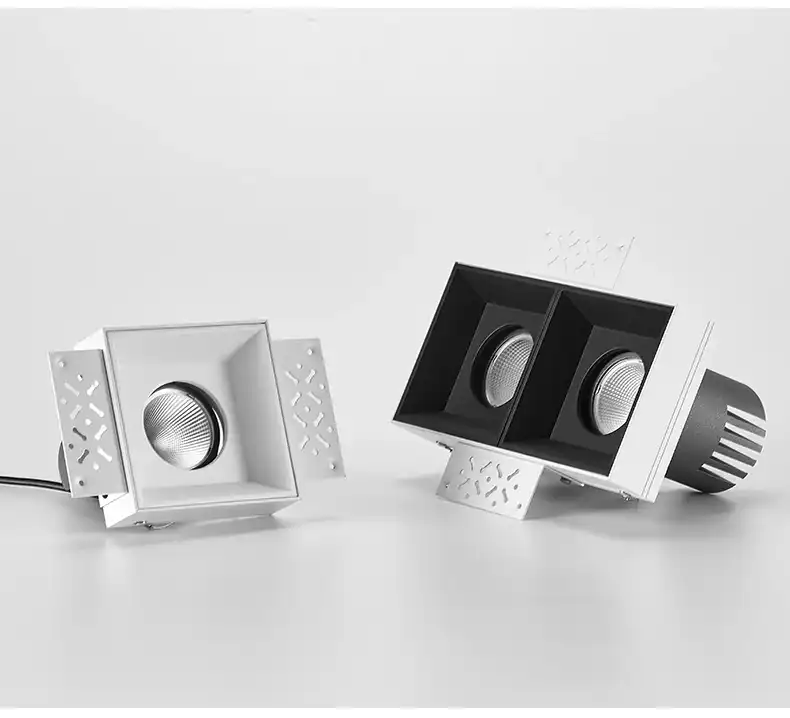
Conclusion
Installing recessed spot lights in your modern kitchen is a transformative project that can significantly enhance both the functionality and aesthetics of your space. By carefully selecting the right fixtures, planning your layout, and following proper installation techniques, you can create a beautifully illuminated kitchen that meets all your lighting needs. Remember to prioritize safety throughout the process and don't hesitate to seek professional help for complex installations or electrical work.
For more information on high-quality LED spot lights and expert lighting solutions for your kitchen or other spaces, please contact us at sales@uskyled.com. Our team is dedicated to helping you achieve the perfect lighting design for your home.
References
1. Smith, J. (2022). "Modern Kitchen Lighting: A Comprehensive Guide to Recessed Spotlights". Architectural Lighting Magazine, 45(3), 28-35.
2. Johnson, A. & Brown, T. (2021). "Energy-Efficient Lighting Solutions for Contemporary Kitchens". Journal of Sustainable Interior Design, 17(2), 112-127.
3. Williams, R. (2023). "The Art of Kitchen Illumination: Mastering Recessed Spot Light Installation". Home Improvement Quarterly, 29(1), 76-89.
4. Lee, S. & Park, H. (2022). "Optimal Placement Strategies for Recessed Lighting in Residential Kitchens". International Journal of Lighting Research and Technology, 54(4), 301-315.
5. Garcia, M. (2023). "DIY vs. Professional Installation of Recessed Spot Lights: A Comparative Analysis". Home Renovation Insights, 12(2), 45-58.

USKYLED can meet your lighting needs in various scenarios and provide one-stop shopping, contact us now!

Why You Should Choose USKYLED?
![What is Dimmable Track Lighting for Museum: Best Guide [2025]](/icms/upload/0d08cc601e7611f0b542b3ca0c0f4a83/pic/knowledgemanager-knowledgepic/e7879f32605f11f081911f363b8c1ed0/Directory/20250717 dimmable track lighting -1(1)_1752739217941.webp)
